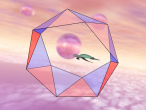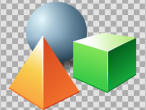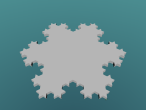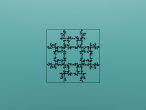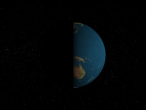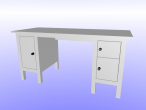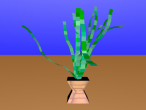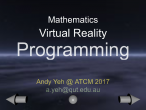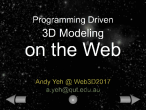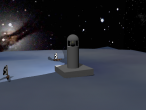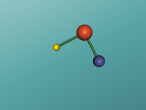STAR Project
Introduction

The STAR (Spatial Thinking And Reasoning) project is an innovative research on the human cognition and the developmental processes of spatial abilities mediated with 3D virtual reality technology. Pittalis and Christou (2010) argued that spatial abilities are closely related to academic achievement particularly in mathematics and geometry. Ivie and Embretson (2010) in their review of literature further pointed out that spatial ability is a factor of intelligence, and is an important predictor of future career paths, especially in scientific research, engineering and the arts.
Spatial abilities (or perceptions or senses) play an important role in our daily life activities such as going to work from place A to B, moving your hand to grab a cup to drink, reading music notes and playing on keyboard, pitching and batting a cricket ball, learning from senses of visual discriminations, and reasoning to know new knowledge from linguistic and spatial cues. Since early last century, spatial abilities have been extensively researched. The human intelligence of spatial abilities have been identified and classified. However, most of the research literature reported stemed from a psychological view, which measured the spatial abilities from tests or visual tasks, rather than focused on how spatial abilities were developed.
Furthermore, most of them were not researched from a new technological point of view. The recent advancement and affordance of 3D technologies have prompted a huge opportunity and potential for developing our spatial perceptions and abilities. In light of this technological shift, this researcher has utilised technologies such as Web3D to engineer an online virtual reality learning environment (VRLE) named VRMath 2.0 (VRMath2). VRMath2 enables users to construct/create geometrical objects using mathematical language and logical thinking in a virtually infinite 3D space. The powerful ideas of “microworld”, “digital manipulative”, and “read-write web” are incorporated in the design of this computational learning environment. Learning in such an environment is expected to have different processes of thinking and reasoning about geometry, which in turn develops spatial abilities. A series of learning activities are also being developed to assist the investigation of the development of young children’s spatial abilities.
Click here to access lesson plans (for teachers and researchers).
- 10426 reads


